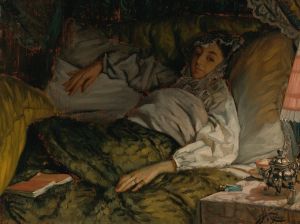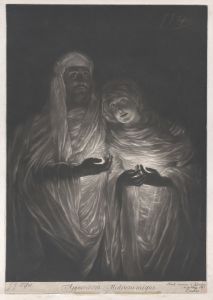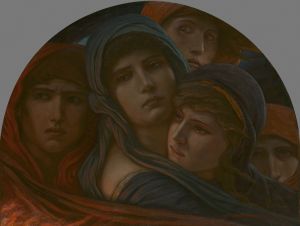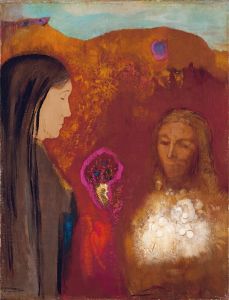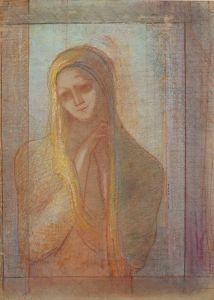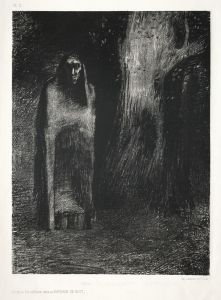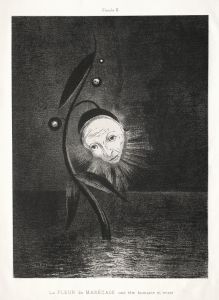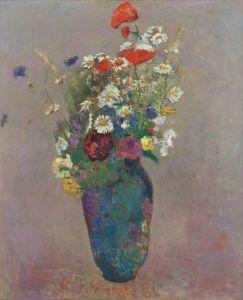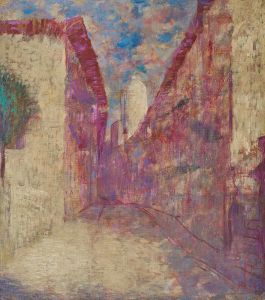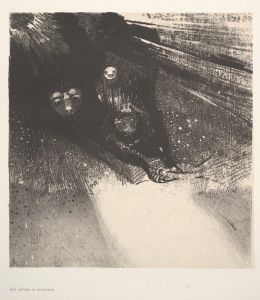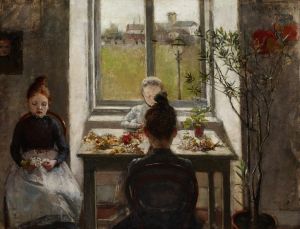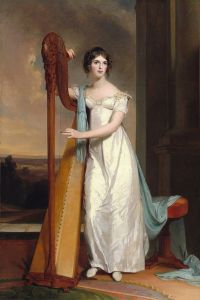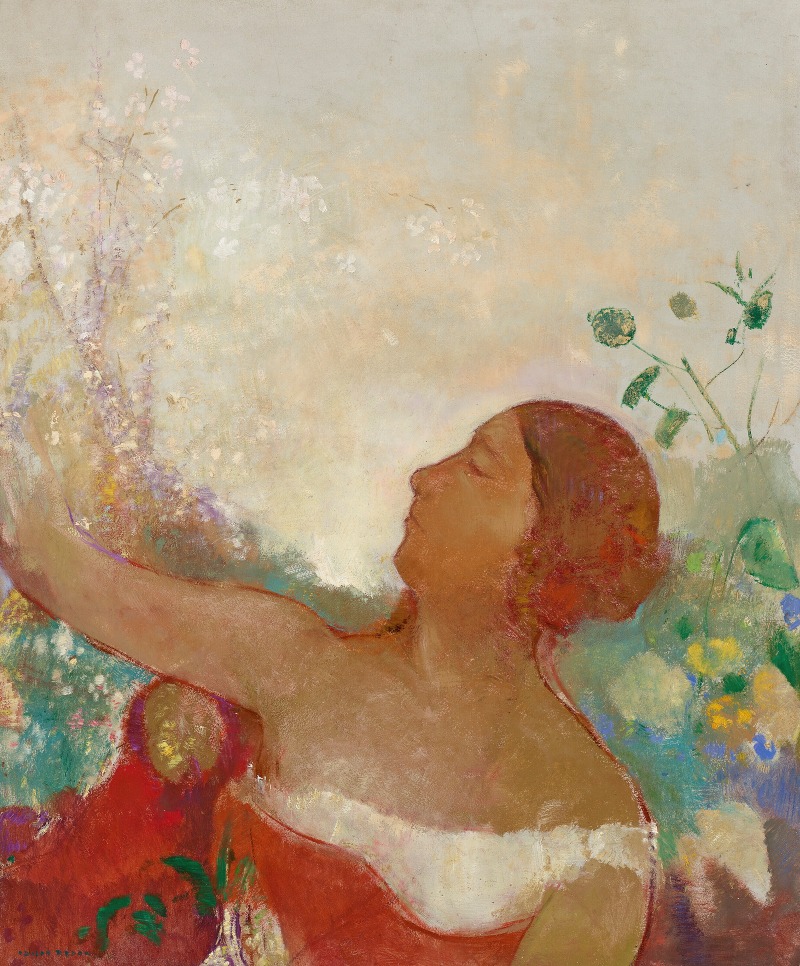
L’enfant prédestinée, Ophélie
A hand-painted replica of Odilon Redon’s masterpiece L’enfant prédestinée, Ophélie, meticulously crafted by professional artists to capture the true essence of the original. Each piece is created with museum-quality canvas and rare mineral pigments, carefully painted by experienced artists with delicate brushstrokes and rich, layered colors to perfectly recreate the texture of the original artwork. Unlike machine-printed reproductions, this hand-painted version brings the painting to life, infused with the artist’s emotions and skill in every stroke. Whether for personal collection or home decoration, it instantly elevates the artistic atmosphere of any space.
Odilon Redon, a French symbolist painter, is renowned for his ethereal and dreamlike works that often explore themes of imagination, spirituality, and the subconscious. One of his notable works is "L’enfant prédestinée, Ophélie," which reflects his unique artistic vision and thematic interests.
Odilon Redon was born on April 20, 1840, in Bordeaux, France. He initially pursued architecture but later shifted his focus to painting and drawing, studying under Jean-Léon Gérôme and later under Rodolphe Bresdin, who greatly influenced his style. Redon's early works were predominantly in black and white, using charcoal and lithography, which he referred to as his "noirs." These works often depicted fantastical and mysterious subjects, setting the stage for his later color works.
"L’enfant prédestinée, Ophélie" is a part of Redon's exploration of literary and mythological themes. The title itself suggests a connection to the character Ophelia from William Shakespeare's play "Hamlet." Ophelia is a tragic figure, known for her descent into madness and her subsequent death by drowning. This character has been a source of inspiration for many artists, and Redon's interpretation adds a layer of symbolism and introspection.
In "L’enfant prédestinée, Ophélie," Redon employs his characteristic use of color and form to evoke a sense of mystery and otherworldliness. The painting likely features a dreamlike quality, with soft, muted colors and ethereal figures that seem to float in an undefined space. Redon's use of color was often symbolic, aiming to evoke emotions and thoughts beyond the literal representation of the subject.
Redon's work is often associated with the Symbolist movement, which emerged in the late 19th century as a reaction against the realism and naturalism that dominated the art world at the time. Symbolists sought to express the intangible, such as emotions, dreams, and the spiritual realm, through their art. Redon's paintings, with their emphasis on imagination and the subconscious, fit well within this movement.
Throughout his career, Redon was influenced by a variety of sources, including literature, music, and philosophy. He was particularly drawn to the works of Edgar Allan Poe and Charles Baudelaire, whose themes of mystery and the macabre resonated with his own artistic sensibilities. Redon's interest in the unseen and the mystical is evident in "L’enfant prédestinée, Ophélie," as he transforms a literary character into a symbol of predestination and fate.
Redon's work has been celebrated for its ability to transcend the ordinary and invite viewers into a world of dreams and introspection. His paintings often challenge the viewer to look beyond the surface and explore the deeper meanings and emotions that lie beneath. "L’enfant prédestinée, Ophélie" is a testament to Redon's skill in blending the real with the imaginary, creating a visual experience that is both haunting and beautiful.
Odilon Redon continued to create art until his death on July 6, 1916. His legacy lives on through his paintings, which continue to inspire and captivate audiences with their unique blend of symbolism, color, and emotion. "L’enfant prédestinée, Ophélie" remains a significant example of his ability to merge literary inspiration with his own visionary style, offering a glimpse into the depths of the human psyche and the mysteries of existence.





